For decades, the idea that memories or experiences could be passed down through DNA—a concept often referred to as "genetic memory" or "DNA memory inheritance"—has captured the imagination of both scientists and the public. From sensational headlines to sci-fi plots, the notion that trauma, skills, or even phobias might be encoded in our genes and inherited by future generations has persisted. But how much of this is rooted in scientific fact, and how much is pure speculation?
The concept of DNA memory inheritance often draws from a mix of misunderstood science and cultural myths. One of the most cited examples is the idea that descendants of trauma survivors, such as Holocaust victims or war veterans, might inherit emotional scars or fears encoded in their ancestors' DNA. While these claims tug at the heartstrings, the biological mechanisms behind them are far more complex—and far less certain—than pop science suggests.
Epigenetics: The Misunderstood Bridge
Much of the buzz around DNA memory stems from the field of epigenetics, the study of changes in gene expression that don’t involve alterations to the underlying DNA sequence. Epigenetic modifications, such as DNA methylation or histone modification, can be influenced by environmental factors like stress, diet, or trauma. Some studies in animals have shown that these changes can be passed down to offspring, leading to speculation that something similar might occur in humans.
For instance, a widely publicized 2013 study on mice found that exposing male mice to the smell of acetophenone (a chemical with a cherry-like scent) while administering electric shocks led to offspring that were more sensitive to the same smell. The researchers suggested that epigenetic changes in the sperm might be responsible. While intriguing, such studies are a far cry from proving that complex human memories or experiences are inherited through DNA.
The Limits of Epigenetic Inheritance
Despite the excitement, the leap from mouse studies to human memory inheritance is enormous. Human biology is vastly more complex, and the idea that specific, detailed memories could be chemically imprinted on DNA and passed down remains speculative at best. Most epigenetic changes observed in humans are subtle and involve broad physiological responses—like stress reactivity—rather than concrete memories or skills.
Moreover, epigenetic marks are often reset during embryonic development, meaning many modifications don’t survive the process of reproduction. While some exceptions exist, the evidence for transgenerational epigenetic inheritance in humans remains limited and controversial. The scientific consensus is that while environment can influence gene expression across generations, this is not the same as inheriting memories or experiences.
The Myth of Instinct as Genetic Memory
Another angle often conflated with DNA memory is the concept of instinct—behaviors that appear hardwired into species, like a bird’s ability to build a nest or a human baby’s fear of falling. While these traits are genetically influenced, they are not evidence of memory inheritance. Instincts arise from evolutionary adaptations encoded in DNA over millennia, not from the lived experiences of recent ancestors.
For example, the idea that a person might inherit a fear of snakes from a grandparent who had a traumatic encounter is a misapplication of both genetics and psychology. Phobias are learned behaviors, often shaped by culture and environment, rather than inherited biological traits. The confusion likely stems from oversimplified interpretations of how genes and behavior interact.
The Danger of Oversimplification
One of the biggest issues with the DNA memory narrative is how it oversimplifies the intricate relationship between genes and experience. Memory formation involves complex neural networks, synaptic connections, and brain structures—none of which are directly encoded in DNA. While genes influence brain development and function, they don’t store memories like a computer hard drive.
This oversimplification can have real-world consequences. For instance, the idea that trauma is "passed down" through DNA might lead to fatalism or a sense of inevitability about mental health struggles, when in reality, resilience and recovery are heavily influenced by present-day environment and support systems. It also risks diverting attention from the social and psychological interventions that are proven to help.
Where Science Is Heading
While the idea of inherited memory remains on shaky ground, research into epigenetics and intergenerational effects is still evolving. Scientists are exploring how environmental exposures—such as famine, toxins, or stress—might leave molecular "footprints" that affect future generations. However, these studies focus on broad health outcomes, like metabolic changes or disease risk, rather than specific memories or behaviors.
Future research may uncover more about how epigenetic mechanisms interact with brain function, but for now, the notion that DNA carries ancestral memories remains in the realm of speculation. The human brain, with its trillions of synapses and lifelong capacity for neuroplasticity, is a product of both genetics and lived experience—not a vessel for inherited recollections.
In the end, the allure of DNA memory inheritance speaks to our desire to connect with the past in a tangible way. But science, at least for now, suggests that our memories are written in the neurons of our brains, not the sequences of our DNA.
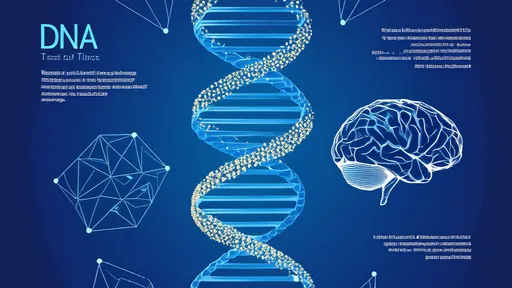
By /Jul 14, 2025
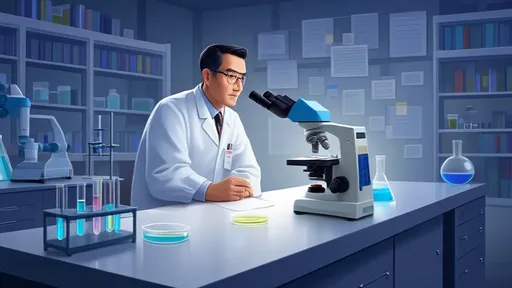
By /Jul 14, 2025
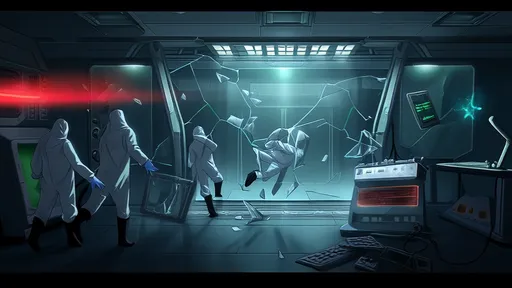
By /Jul 14, 2025
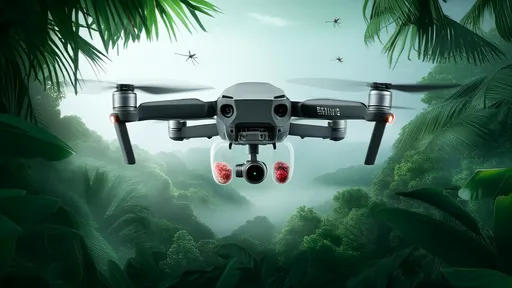
By /Jul 14, 2025

By /Jul 14, 2025
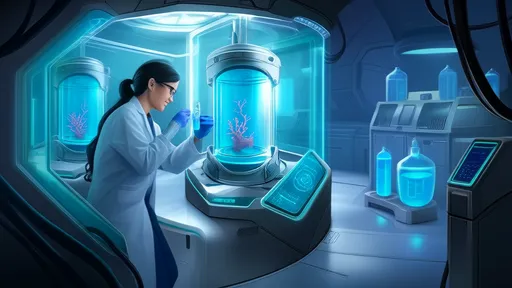
By /Jul 14, 2025
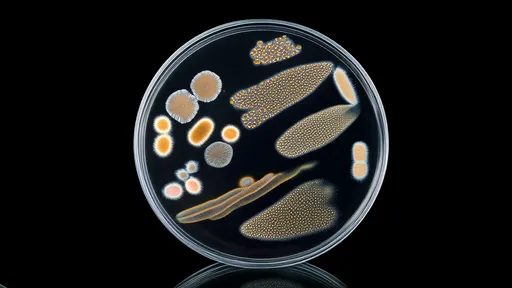
By /Jul 14, 2025
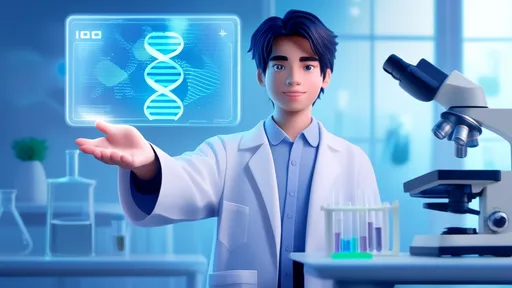
By /Jul 14, 2025
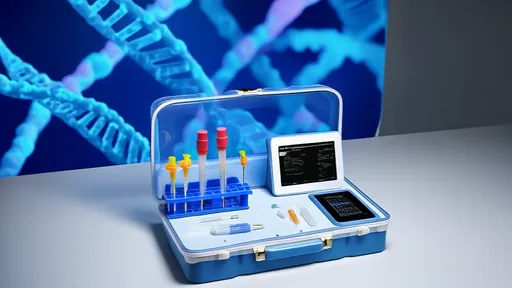
By /Jul 14, 2025

By /Jul 14, 2025
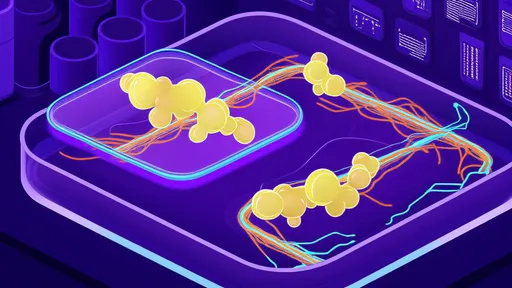
By /Jul 14, 2025
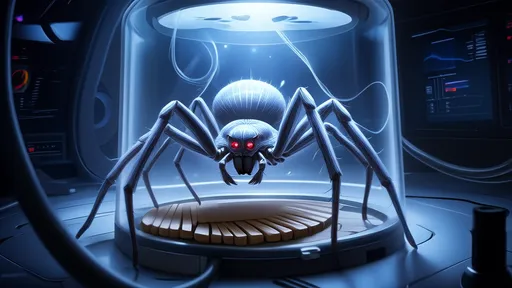
By /Jul 14, 2025
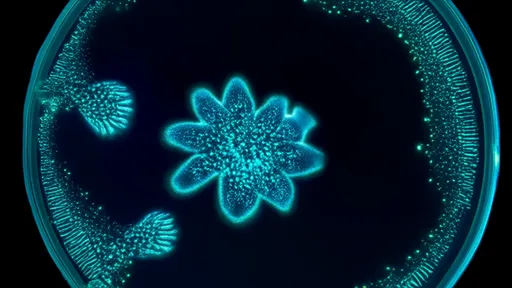
By /Jul 14, 2025
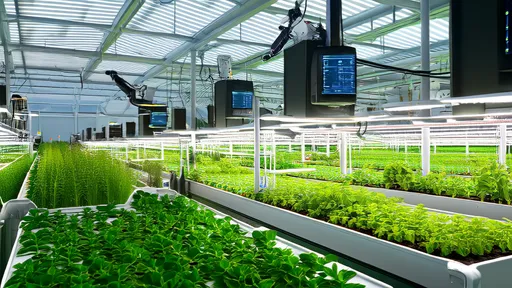
By /Jul 14, 2025
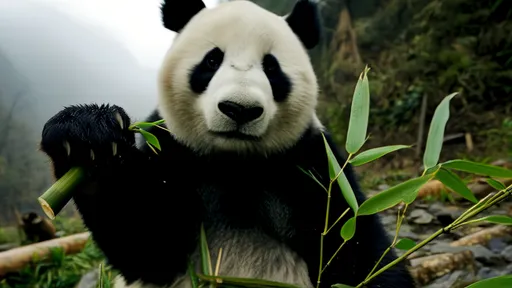
By /Jul 14, 2025

By /Jul 14, 2025
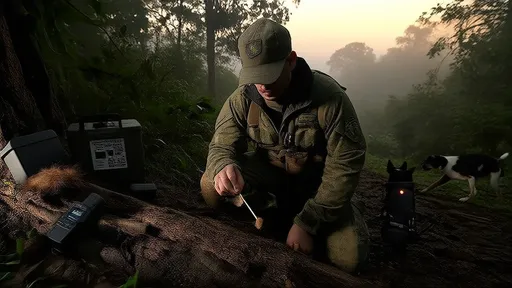
By /Jul 14, 2025
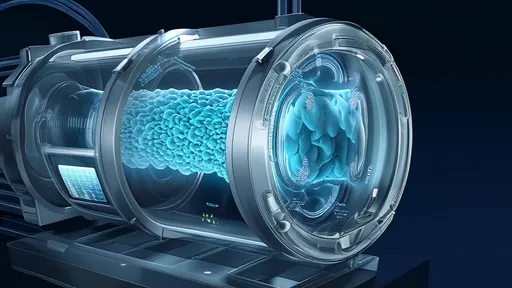
By /Jul 14, 2025